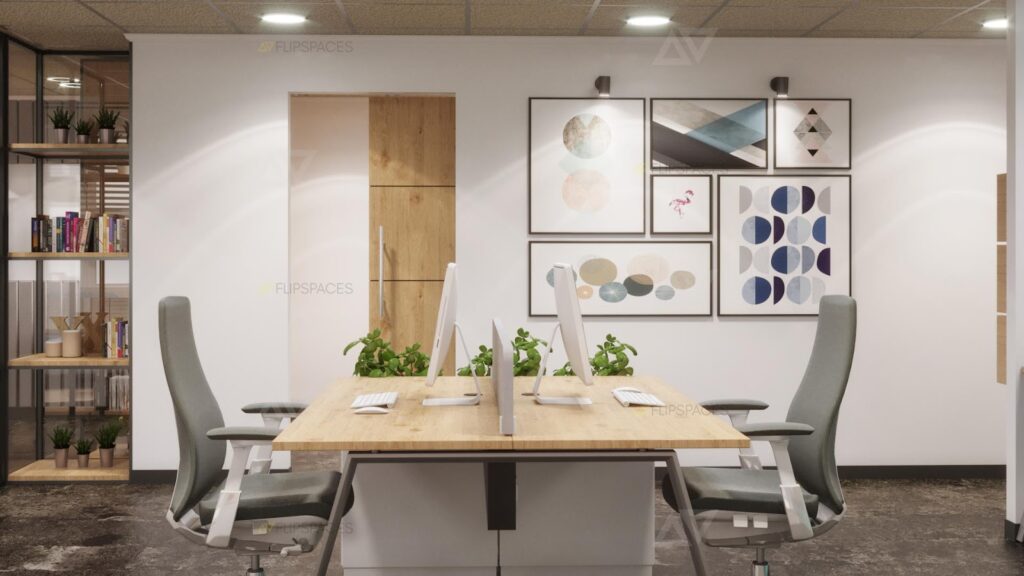This is a Guest Blog by Cynthia Gokhale, Associate Director – Marketing, Corporate Communication & Service Assurance, ManpowerGroup
The global industrials sector includes manufacturers and distributors of capital goods for aerospace & defence, building products, electrical equipment, machinery, construction, and engineering services.

It leverages significant capital investment, cutting-edge innovation, and complex global supply chains to build the foundations of the modern global economy. This ManpowerGroup Global Insights report presents findings from top consulting firms and analyses the top five trends impacting this industry and its workforce today.
Tooling Up Tech and Talent
The growing costs of raw material and labor are converging with rapid advancements in industrial technologies worldwide. This combination of necessity and invention could be the beginning of a brighter future – more connected and automated, delivering greater efficiency, cost savings, and safer skilled trades opportunities for workers. Adoption of robotics including collaborative robots (cobots), use of digital twins and AI, ML and Virtual Reality are examples of tech advancement in this sector.
62% of manufacturing leaders say robotics and automation will be their top investment priority to increase operational efficiencies. Early implementers of digital twins have gained sustainable inventory reductions upto 5% and capital expenditure savings up to 10%, report says.
Industrial Business Transformers Unite
In response to the seismic changes in the global economy, business transformation involving business models, new materials and renewed focus on customer experience are key priorities for senior leaders across the industrial sector. Some of the changes include Production-as-a-Service, Additive Manufacturing and 3D printing using new advanced materials. 85% of manufacturing leaders are considering Production-as-a-Service (Paas) model covering the entire factory. Investment is expected to grow to $100 billion in the next year, according to BCG. There will be 2.8 million 3D printing devices globally by 2030 while the size of the 3D printing market is expected to grow to $37 billion by 2026 according to Statista. Today, 60% of B2B buyers say they prefer to buy online instead of traditional sales channels.
Rolling Out More Resilience
Recent years of significant supply chain disruption have created increased urgency to build more resilience, redundancy, and risk mitigation into global manufacturing operations. The need for supply chain transparency will also grow to achieve ESG targets and government regulations. Organizations are looking at a vertical horizon of integration, nearshoring and reshoring of supply chains and are seeking more transparency in the supply chain. : Vertical integration was executed successful by Tesla’s gig factories for battery production. Industry analysts (McKinsey) predicts it will also gain traction within the aerospace industry as new mobility and electrification begin to scale and OEMs seek more control over related supply chains.
Increasing supply chain transparency is a difficult challenge in the industrials sector, particularly when an average aerospace company could have 12,000+ Tier 2 suppliers. Today, 70% of global business leaders describe their supply chains as “very” or “extremely” complex and are prioritizing greater transparency to ensure resilience, ESG alignment, and regulatory compliance.
The New Collar of Industry is Green
The industrials sector will be among the most exciting and innovative as global green business transformations accelerate. As investment in green tech expands around the world, the race to find the skilled talent needed to sustain green innovation is heating up. 74% of industrials sector employers globally say they are currently or planning to actively recruit for green jobs or skills specifically within skilled technical functions such as Manufacturing & Production (44%), Engineering (37%), Operations & Logistics (30%), Sales & Marketing (22%), and IT & Data (22%). Increased urgency to fight climate change has also spurred unprecedented government incentives. Globally, green investment grew to a record $1.1 trillion in 2022 and equalled the fossil fuels total for the first time.
Working for a Living
Finding and retaining a skilled workforce will be a persistent challenge for the industrials sector owing to aging workforce in developed countries, declining birth rates, unfavorable perceptions about manufacturing work, and competition from other industries. Manufacturing suffers from an image problem among many workers, especially women, who still perceive it as dirty, dangerous, and physically demanding even as automation is making it safer than ever before. Although women make up 47% of the non-farm workforce, they are only 30% of the manufacturing workforce today. In the aerospace and defense industry alone, one-third of the workforce is over 55 and expected to retire in the coming years. As they retire the need to train a younger and “greener” workforce will grow.
Despite slowing economic growth, 77% of industrial employers globally say they are still struggling to find the skilled talent they need.
Workforce Implications for the above trends:
- Strategic workforce planning will need to include Contingent workforce optimization strategy, thorough location strategy analysis or existing facility expansions to ensure green facilities and PaaS operations.
- Upskilling and reskilling efforts must cater to the rapidly evolving technologies, increased demand for specialized digital transformation talent as well as vertical integration of functions previously handled by specialized suppliers.
- Building an adequate talent pipeline and increasing retention will be a crucial business priority as competition for skilled talent grows.
- Competition will heat up as a majority of hiring managers in similar sectors such as Energy & Utilities (81%) and Transport, Logistics & Automotive (73%) say they are also actively recruiting for green jobs.
- Employers must develop more uniquely differentiated employer value propositions and recruitment marketing to dispel misconceptions and outcompete other industries.
- Building a culture of Diversity, Equity, Inclusion and Belonging (DEIB) will remain a top priority to close the significant gender gap and increase the pipeline.
Although there are still significant headwinds, the acceleration of industrial automation technology and an increasing focus on sustainability offer hope for a bright future. Those that understand this industry know it will be at the cutting edge of green transformation, digital transformation, and human innovation. Employers who can effectively communicate this compelling story will gain a competitive advantage.
*****












